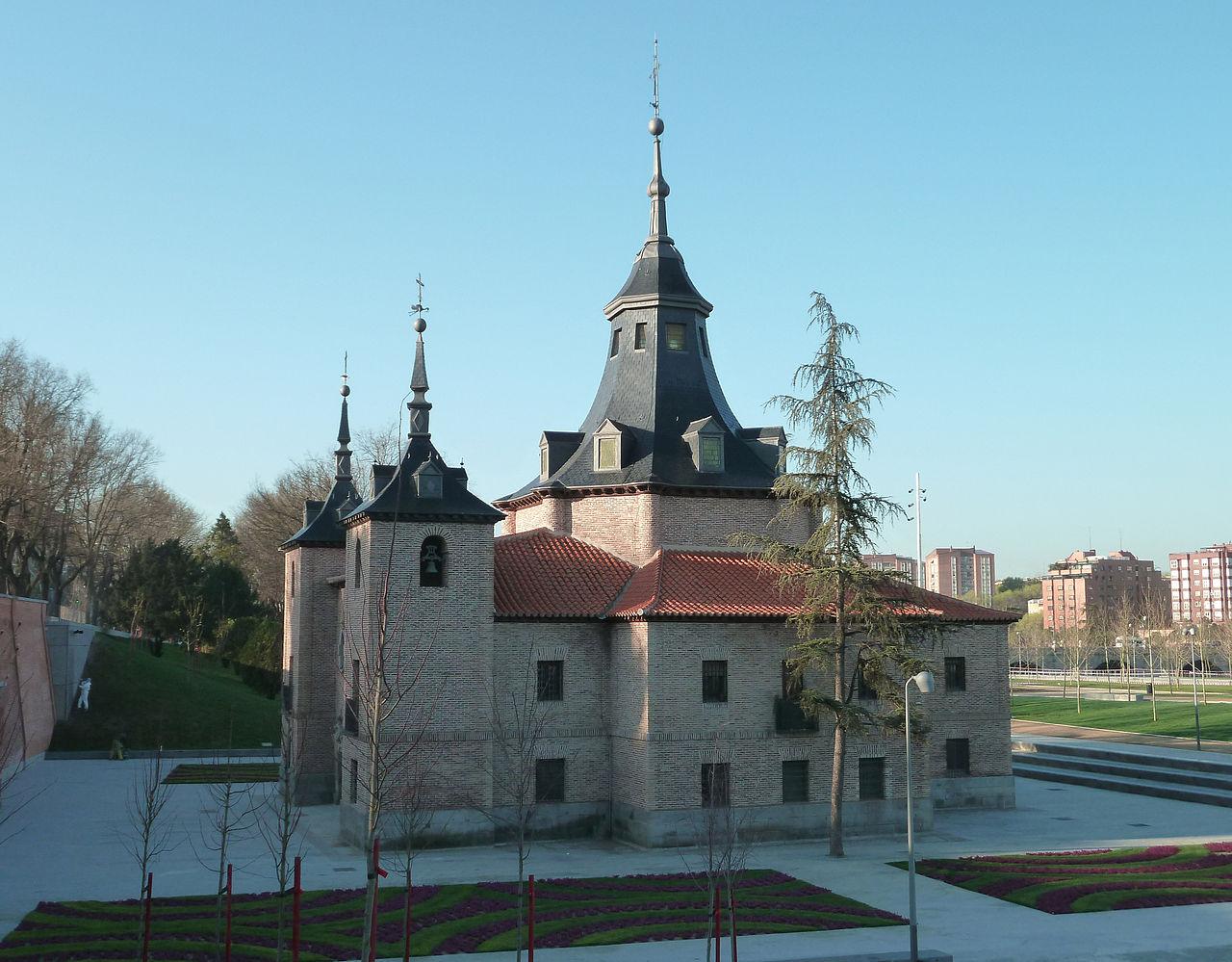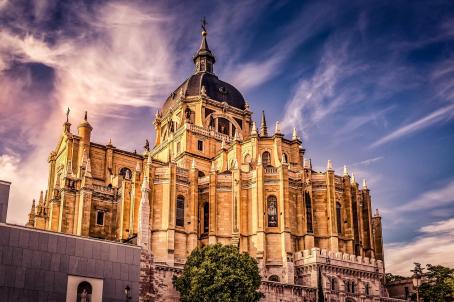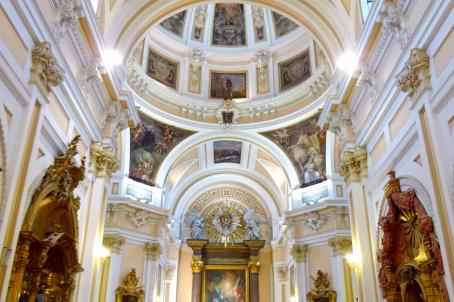Ermita de la Virgen del Puerto
The hermitage of the Virgen del Puerto was built between 1716 and 1718 at the personal request of Antonio de Salcedo y Aguirre, the first Marquis of Vadillo, who was then the corregidor (magistrate) of Madrid. The hermitage was completely destroyed during the Civil War during the defence of Madrid and the current building is a reconstruction from 1945.






